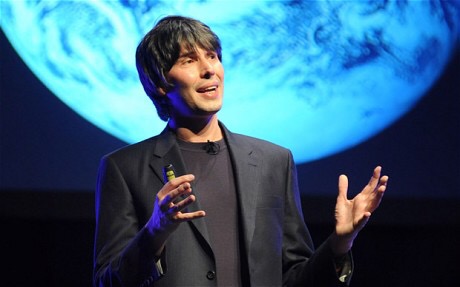After journeying around the Solar System and out to the edges of the universe, The University of Manchester’s Professor Brian Cox will bring viewers back to Earth to unveil the forces that make our planet what it is.
In this four-part series, Forces Of Nature, Brian will reveal why Earth is the most colourful world we know and explain how the white light of the sun sears through the darkness of space until it hits Earth’s atmosphere where it begins a new journey, splitting into a rainbow of colours. Brian will reveal rainbows with a difference, magical moonbows that appear in a few precious places at particular times of year, rainbows drawn in the night sky from the light reflected by the full moon.
Charlotte Moore, Controller of BBC One, says: “Brian Cox will enthuse and inspire audiences in his debut series for BBC One. Revealing some of the most extraordinary phenomena and events on Earth, he will set out to illuminate our understanding of the planet like never before, bringing science to a mainstream audience in a surprising way.”
In the series, Brian will explain that our world is built up of myriad shapes which all obey the forces of nature no matter where or what they are. These forces sculpt snowflakes into infinitely variable shapes. The forces set limits to the height of spectacular, death-defying human towers created by hundreds of people from one town in Spain. And in Florida, endangered manatees, large marine mammals also known as sea cows, use the rules of shape to survive.
The stories will take in the great plains of the Serengeti, the volcanoes of Indonesia, precipitous cliffs in Nepal, the humpback whales of the Caribbean and the northern lights of the Arctic. In four episodes, Brian will answer universal questions such as, why the sky is blue; why the Earth is round; and why are hot things like lava red? The answers all lie in the Forces Of Nature.







